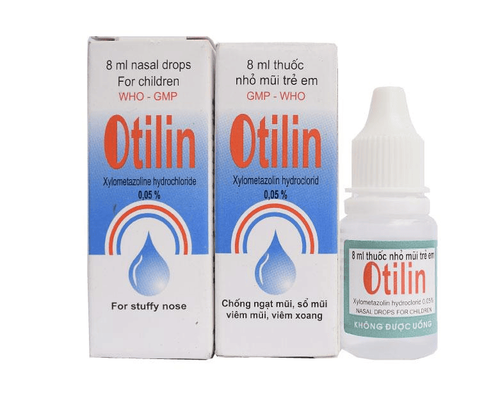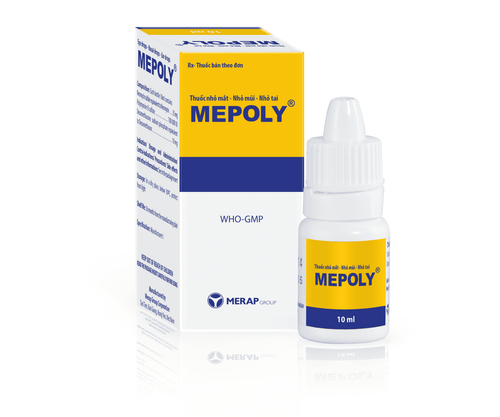This is an automatically translated article.
Aspiration, maxillary sinus catheterization aims to see if there is pus in the maxillary sinuses, and at the same time injecting contrast material into the sinuses to detect tumors in the sinuses.
1. Learn about the technique of irrigating and opening the maxillary sinus
Aspiration and maxillary sinus catheterization is a technique that uses a large needle to poke the maxillary sinus through the lower nasal slit for diagnosis and treatment. This method allows doctors to diagnose and treat maxillary sinus disease.
The purpose of this method is to see if there is pus in the maxillary sinuses, and at the same time inject contrast material into the sinuses to detect tumors in the sinuses.
2. Indications and contraindications for lavage, maxillary sinus catheterization
Indications for opening and washing maxillary sinuses in the following cases:
Chronic or subacute purulent sinusitis, especially dental sinusitis. Mandibular sinus puncture for exploration and diagnosis. Suspected in the maxillary sinus with pus, tumor, polyp or fluid cyst. Injecting antibiotics into the sinuses in the treatment of maxillary sinusitis.

Bệnh nhân viêm xoang được chỉ định chọc rửa, thông xoang hàm
Contraindicated for maxillary sinus irrigation and drainage in the following cases:
Acute maxillary sinusitis or acute bacterial infection. Children under 5 years old Patients with unstable chronic conditions. Women who are pregnant or menstruating. During an outbreak of dengue fever.
3. Steps to perform aspiration and maxillary sinus catheterization
Step 1: Anesthetize the patient by injecting local anesthetic into the middle niche and place it in the lower niche for 5 minutes.
Step 2: The doctor looks through the scope with a clar light to determine the lower nasal slit, inserts the sinus needle into the correct anesthetic position, the fold of the lower curly bone and the outer wall of the nasal cavity, 1 distance from the tip of the lower curly bone. , 5 cm and nose floor 1 cm.
Step 3: Because the bone wall is very thin, the sharp tip of the sinus puncture needle points outwards, ie the cheekbones, the doctor rotates and presses lightly, the sharp tip of the needle will poke through the bone wall and go into the sinus cavity. If there is pus in the sinuses, you will see pus draining through the puncture tube or using a syringe to suck it out.

Các bước thực hiện chọc rửa, thông xoang hàm
Step 4: Install the syringe and lightly inject physiological saline solution to wash the maxillary sinus, close the nose on the opposite side of the patient, open the mouth and blow the nose continuously. Then, withdraw the needle and place it in the slit of the nose under a sterile cotton swab to squeeze and prevent bleeding. If the nasopharynx is blocked, a second needle must be inserted to drain the pus.
4. Complications and treatment when washing, opening the maxillary sinus
Reaction to anesthetic: The patient is dizzy, nauseated, pale face ... worse than cardiac arrest, respiratory arrest,... In this case, the patient needs to lie down with his head low, breathe oxygen, give heart support, support. When the needle goes up the front of the sinus to the cheek area, it needs to be poked again. If the needle penetrates 2 layers of the sinus wall to the cheek area or below the sphenoid fossa, it is necessary to pump water to the cheek or corner of the jaw, then withdraw the needle and apply heat, use antibiotics.

Do phản ứng với thuốc tê nên người bệnh có thể bị choáng váng
Vinmec International General Hospital examines and treats common nasopharyngitis diseases, head and neck tumors, congenital malformations of the ear, nose and throat area with the most optimal internal and surgical methods for patients, both children and adults. Coming to Vinmec International General Hospital, patients will receive a direct, dedicated and professional examination from a team of qualified and experienced medical staff.
To register for examination and treatment at Vinmec International General Hospital, you can contact Vinmec Health System nationwide, or register online HERE













